
Ontario’s public service heads back to the office, meaning more traffic and emissions
For 15 years and counting, my commute from Mississauga to Toronto has been mired by...
On a sunny day in early October, three members of Nipissing First Nation paddled their way through stalks of manoomin, or wild rice, growing seven feet above the Veuve River off Lake Nipissing in northeastern Ontario. The group has been encouraging the aquatic native grass to spread as a way to tackle invasive plants and repopulate the land with a traditional source of food for birds, small mammals and humans.
Industry, poor land management and colonialism have wreaked environmental havoc on the Nipissing region. Waterways are contaminated with chemicals and being choked by algae, invasive plants are increasing fire risk while decreasing biodiversity and highway traffic is killing an unusually high number of moose. Curtis Avery, environment manager for Nipissing First Nation, believes his community can help nurse the land back to health by combining novel equipment and techniques with traditional understandings of stewardship.
For the last two years, Avery has been the nation’s first full-time environment manager, doing everything from fieldwork to preparing grant applications. Blackboards in his office are covered in maps and data detailing both the problems his region faces and the ways his small team is trying to remediate them.
“It’s all connected, right?” Avery said. “The fish in the stream to the moose on the banks — that whole system is in itself an environment and capturing that now allows us to understand what we need to do to protect it and make it more resilient in the face of more development, climate change, extreme weather events and forest management … we need the data in order for it to make sense.”
In June, Avery was finally able to hire an environmental technician, Sophie Tore, to help collect that data and then implement practical solutions. One project they’re now working on is an attempt to reduce the overgrowth of dangerous blue-green algae blooms, or cyanobacteria, in local waterways. Their hope is to gather enough information to be able to predict when and where the blooms will pop up next.
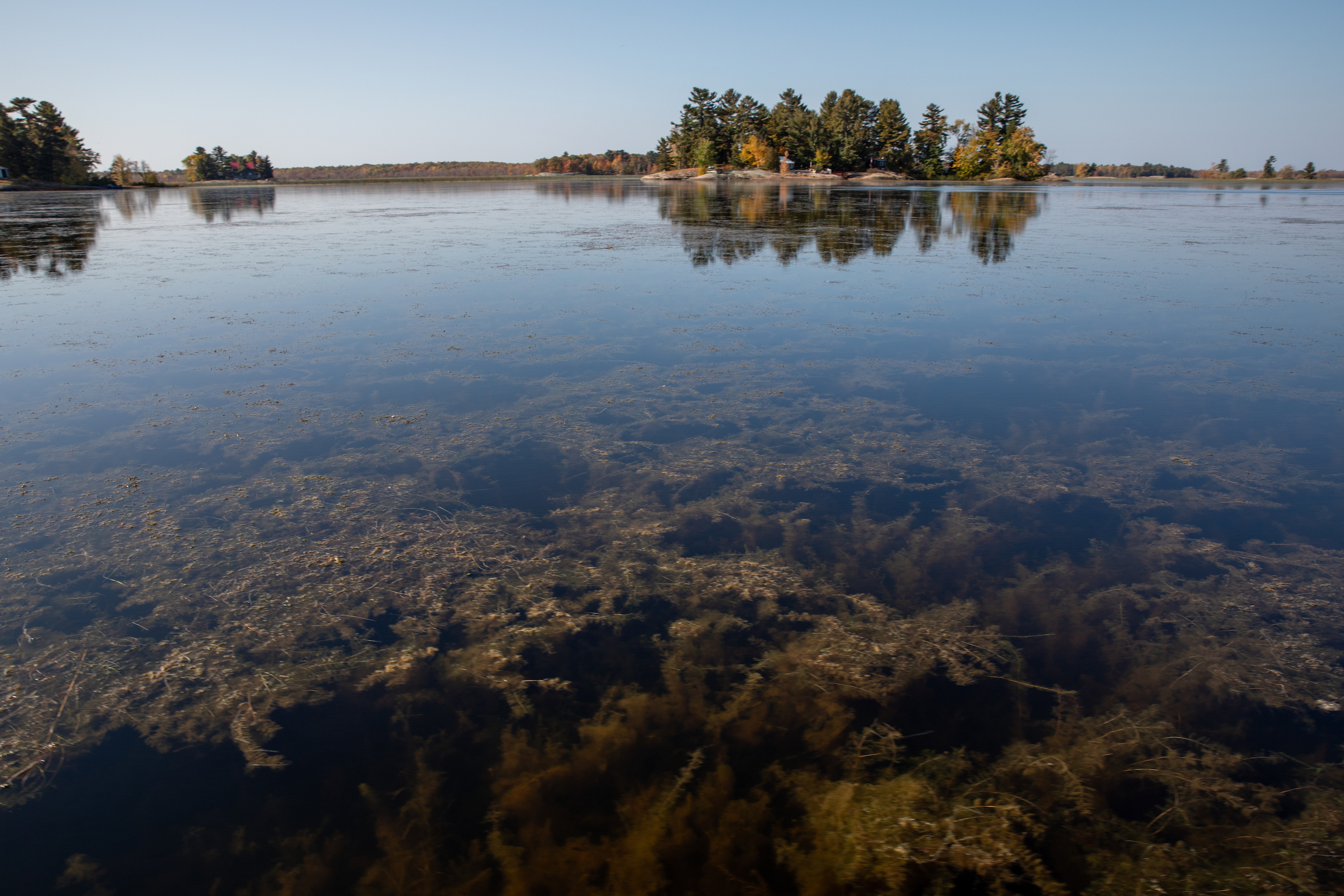
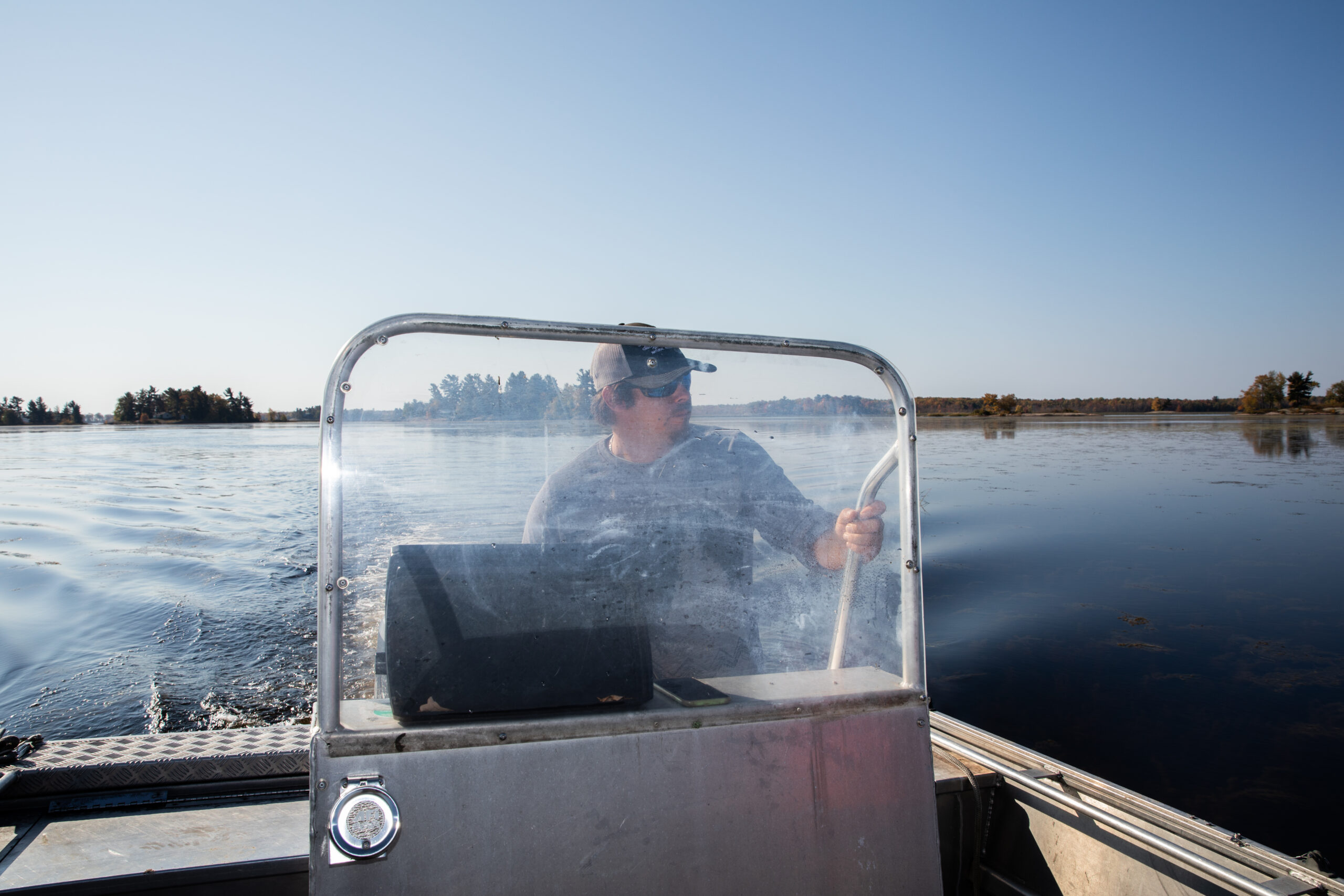
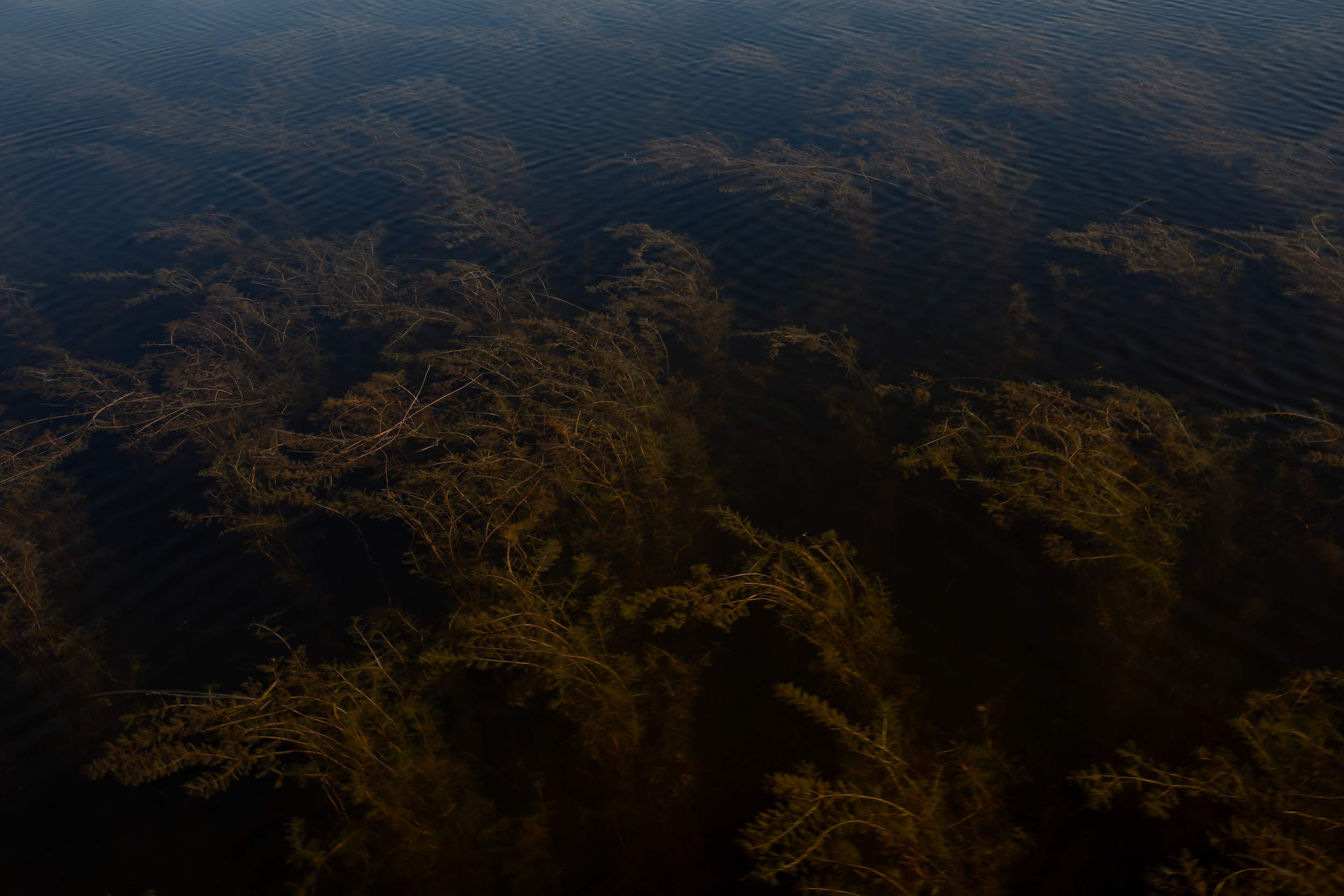
While blooms can occur naturally in late summer and early fall, overgrowth is becoming more common in Ontario’s lakes due to an excess of nutrients from agricultural and stormwater runoff, as well as leaching from septic systems. Blue-green algae overgrowth consumes oxygen in the water and blocks sunlight from underwater plants, making it impossible for aquatic life to survive. They can also be harmful to people and animals, releasing toxins that contaminate drinking water and cause illness.
But Avery would like to reduce blooms without adding clay or other substances to the water — although such methods have been used since the 1970’s, they can be quite inefficient, requiring “exorbitant amounts” to effectively clean the water. The nation received funding for a pilot project using Ottawa-based cleantech company E M Fluid’s EMF 1000, a machine about the size of a bedside table. Avery said the solar-panelled machine is “like a scientific research buoy,” which attempts to cut down on algae by aerating water to increase its oxygen content.
“It’s just allowing the system to do what it already does if it was receiving healthy amounts of oxygen,” Avery said, adding that nitrogen and phosphorus readings have gone down in some parts of the lake since the pilot began. Community members have noticed improvements, especially at Jocko Point in the nation’s east end, where no algal blooms have been reported in two years.
Another issue Nipissing region faces is high numbers of moose killed by vehicles on the increasingly high-trafficked roadways in the region. To help, Avery’s team first had to figure out how many moose were in the area — which required three years of counting poop for what’s called a moose fecal pellet count index, to get a “snapshot” of how many animals there are.
“They could be anywhere, right?” Avery said. “So you have to try to get to these sites through the forest, taking quads as far as you can get in and a lot of bushwhacking to get to some of the sites.”
The pellet counts helped pin down areas with the highest moose populations. “But not only that, you can also use that to roughly estimate the number of animals you have in the area, which is pretty awesome,” Avery said. “It’s one way of getting out on the land, seeing what’s going on out there, to be stewards understanding the terrain and being more in tune with our lands here, in addition to also doing some really good science.”
The studies found far more moose than expected living in a narrow stretch bordered on all sides by either the Trans-Canada Highway or Lake Nipissing, meaning moose had to either cross the highway or swim an impossibly large lake (the third largest entirely in Ontario). Now armed with the facts, Avery is prepared to advocate for the species with the main landowners around the highway, including Ontario’s Ministry of Transportation and the Ontario Northland Railway. Next time the highway undergoes development, he plans to suggest solutions to increase driver awareness, such as clearing trees and adding flashing signs along the highway.
“If we don’t have the data, it’s hard for people to listen, it just sounds like we’re whining. You know, the squeaky wheel gets the grease, but if the squeaky wheel is really squeaky and it’s got the data behind it, hopefully we’ll get something done,” Avery said.
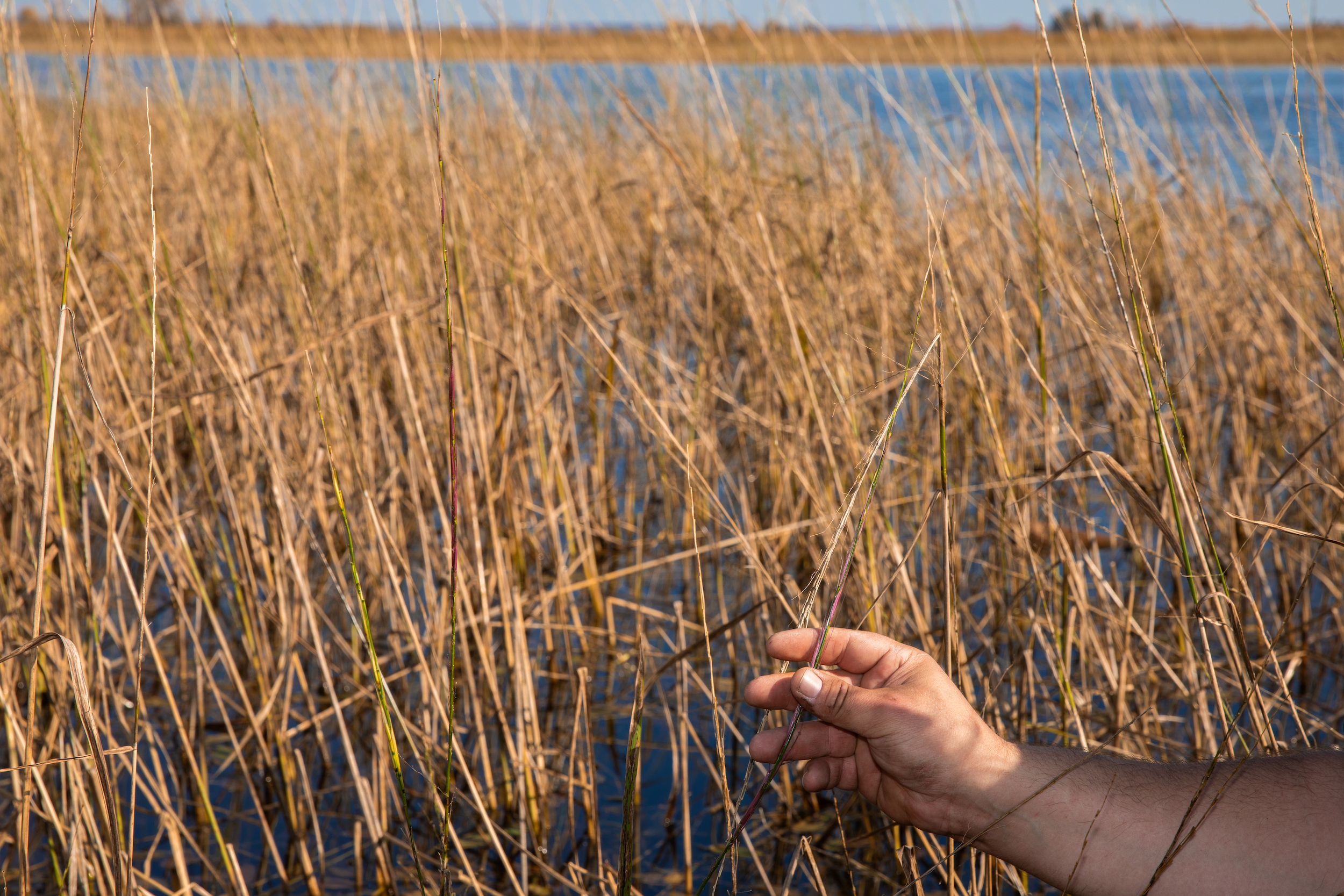
The Narwhal went along with Avery and his team in October as they worked on their solution for tackling invasive reeds, called phragmites, that grow in dense patches up to 15-feet tall. The aggressive plant was a big problem in northeastern Ontario this summer, overtaking beaches that were in recent years public oases. Invasive phragmites spread quickly, releasing toxins from their roots into the soil to hinder the growth of and kill surrounding plants. By outcompeting native species for water and nutrients, they also decrease biodiversity.
Rather than just ripping out the invasive species, Avery’s team has designed a clever solution: replacing non-native phragmites with wild rice. The plant’s Anishinaabemowin name, manoomin, means the good seed, and it is loaded with cultural and nutritional significance. Avery believes wild rice used to be plentiful in Lake Nipissing before hydro-electric and other dams were built all over the region.
“I imagine when the levels of the lake rose because of the dams, that some of this wild rice was drowned and it’s since disappeared from much of the lake,” Avery said. “We’re going to bring this back to our nation [so it can] be used for the environment, remediating and also for the integrity of the ecosystem. It also allows us to build up those populations and harvest them ourselves. We live off the land, so that assists in what we do and what we eat.”
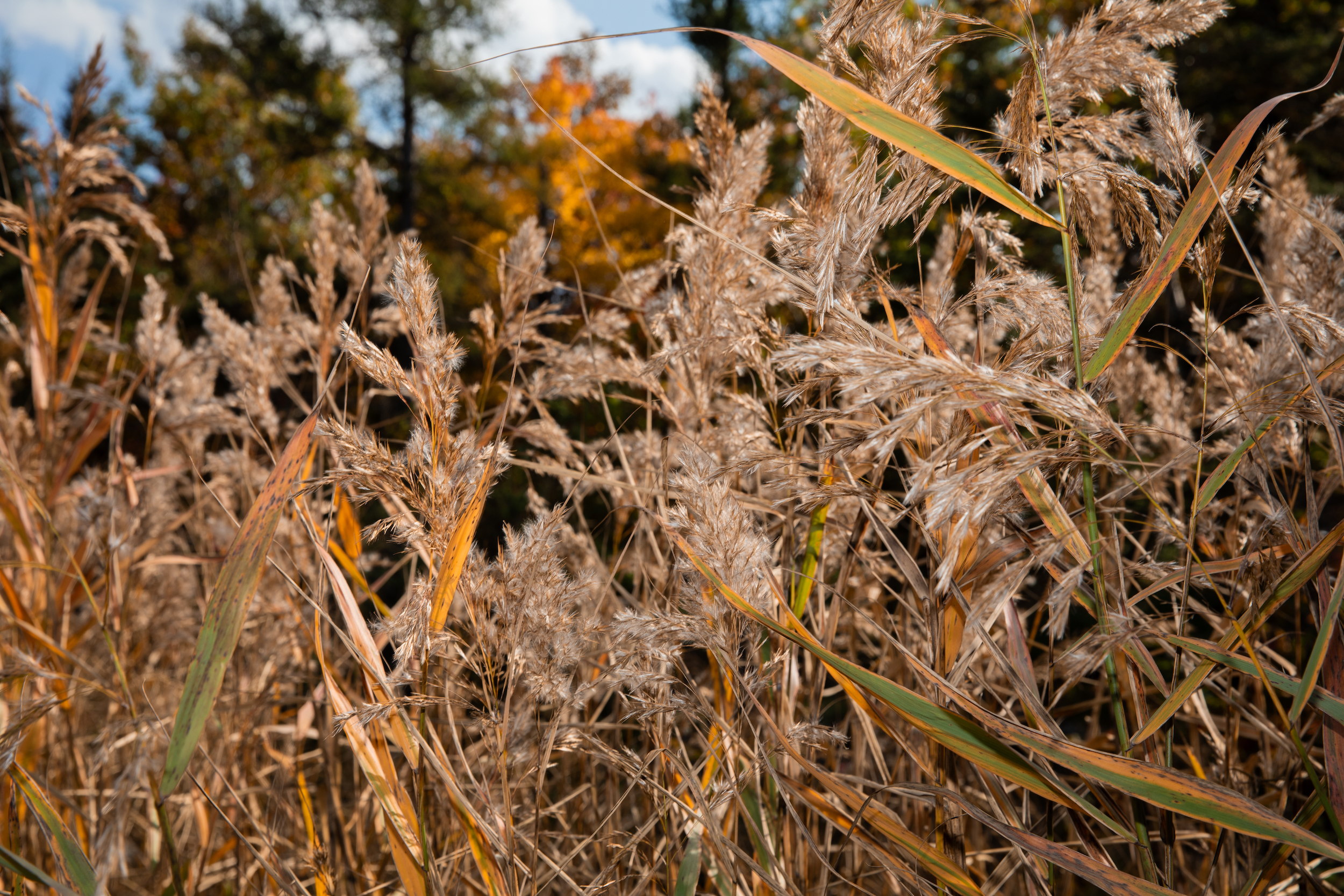
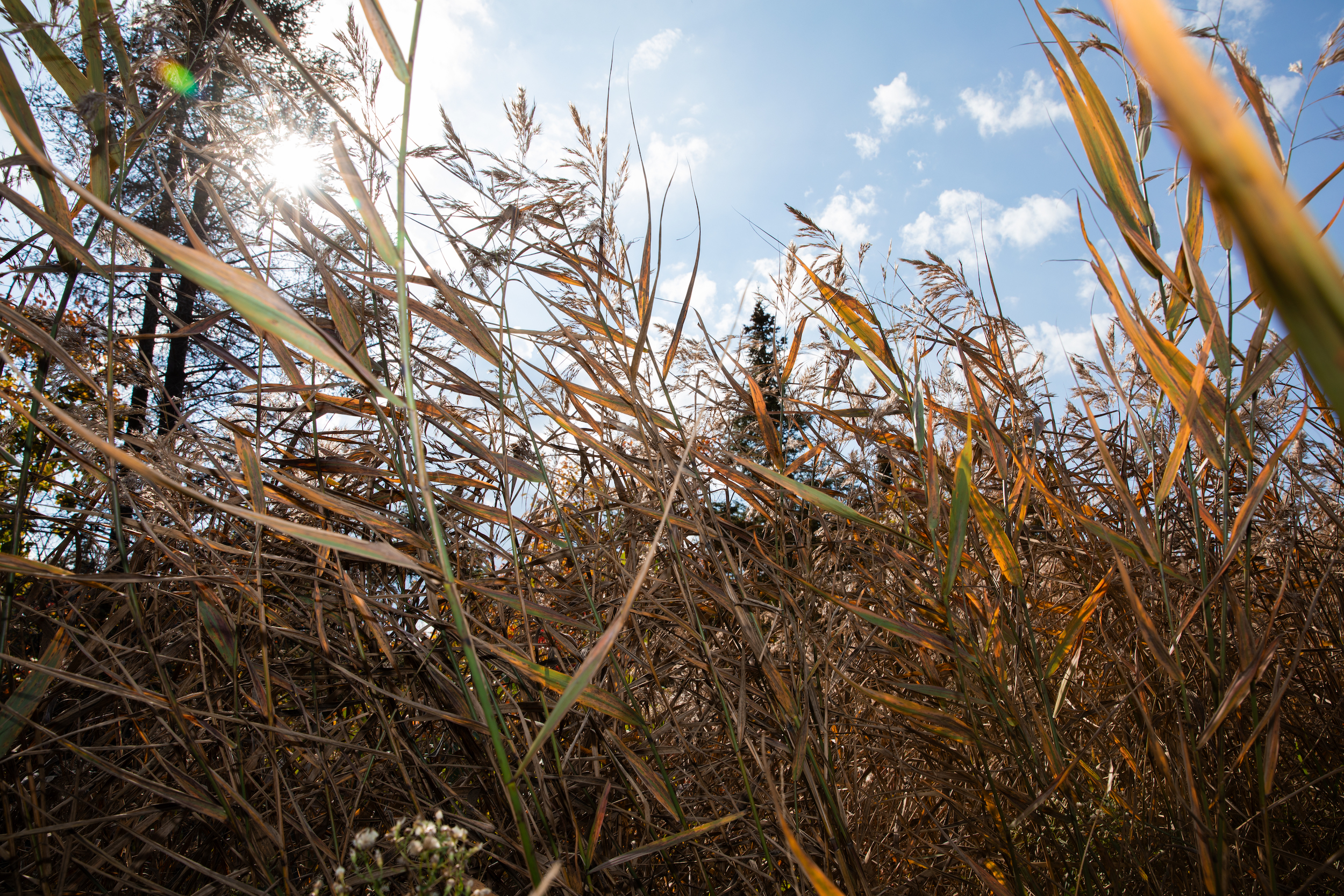
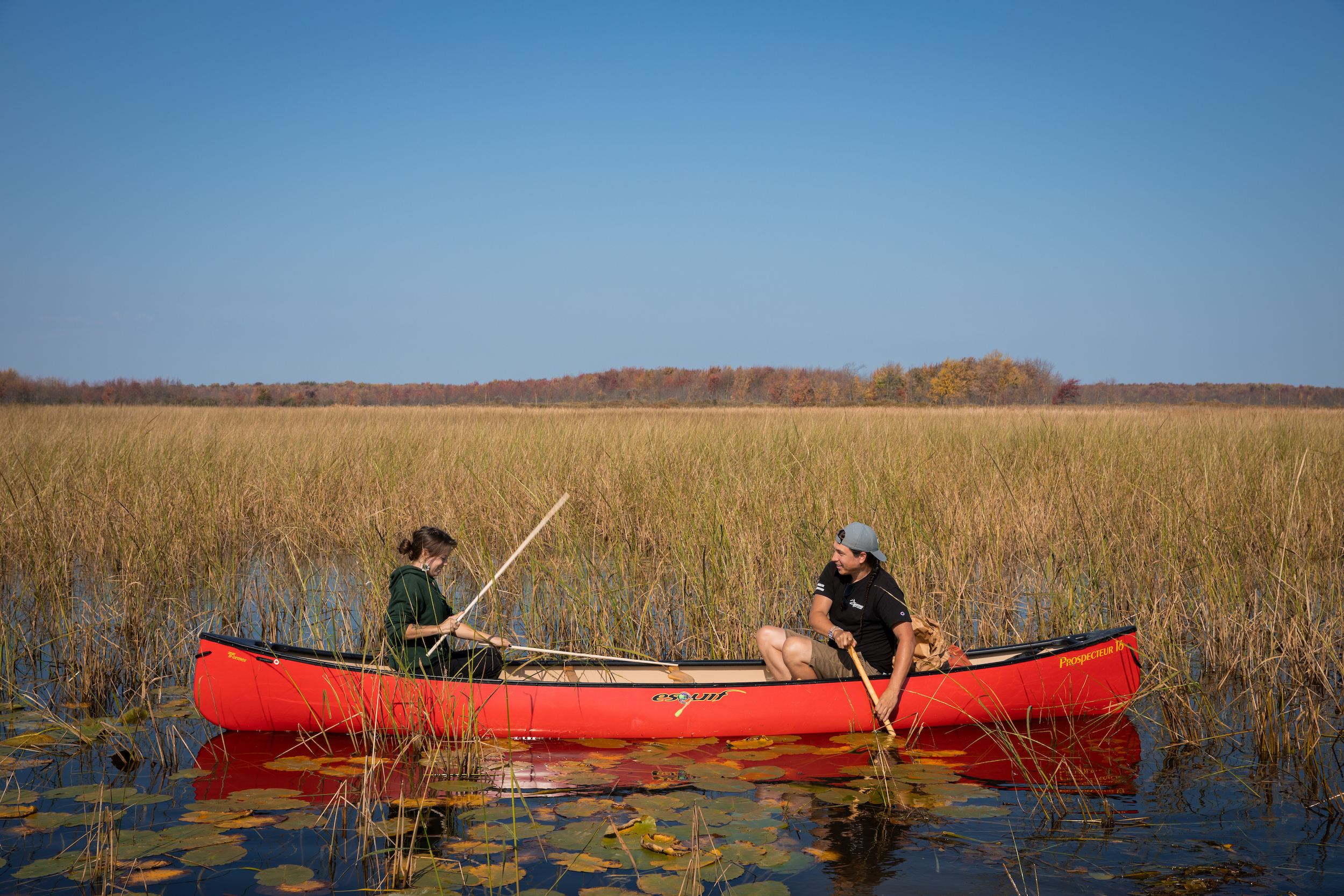
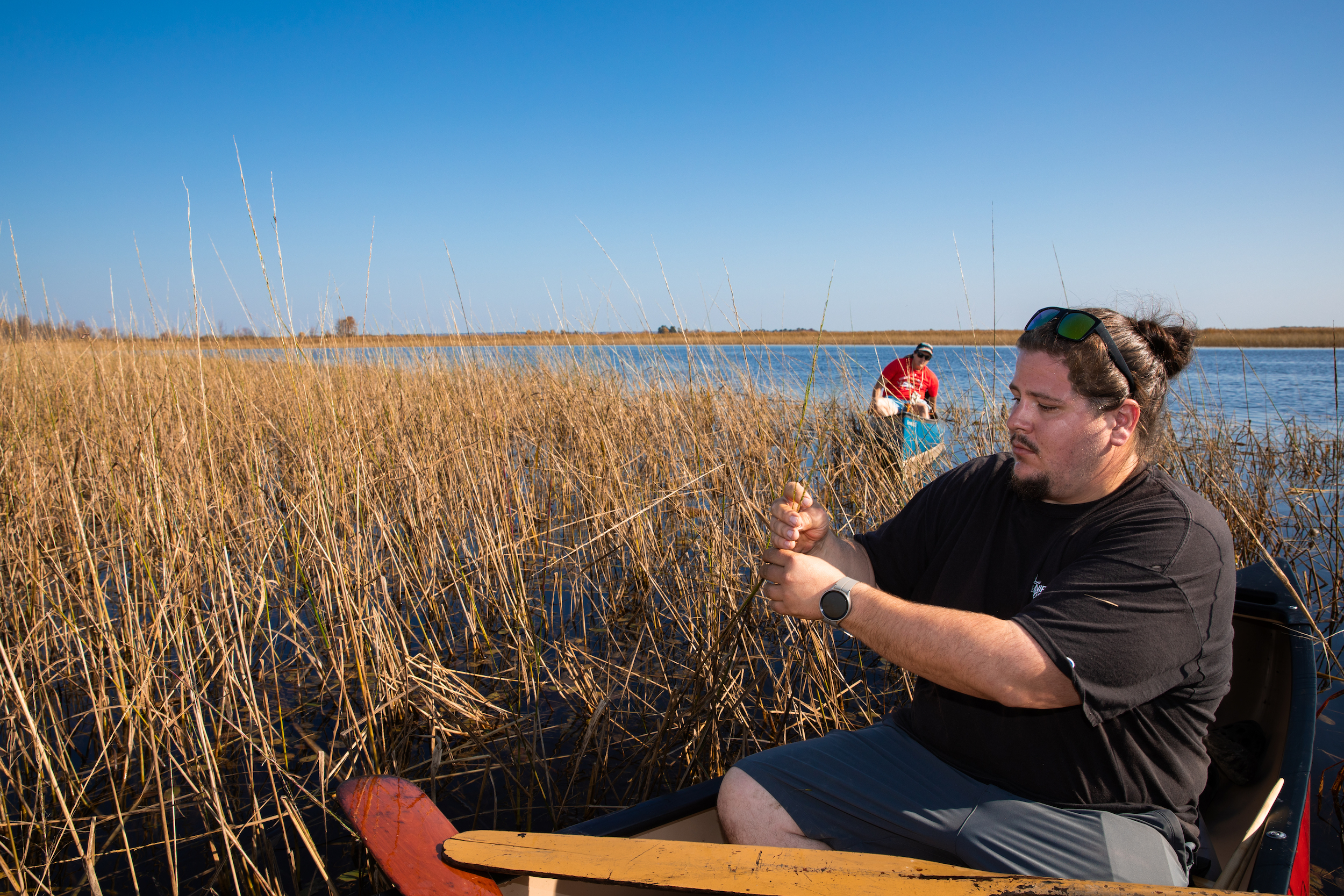
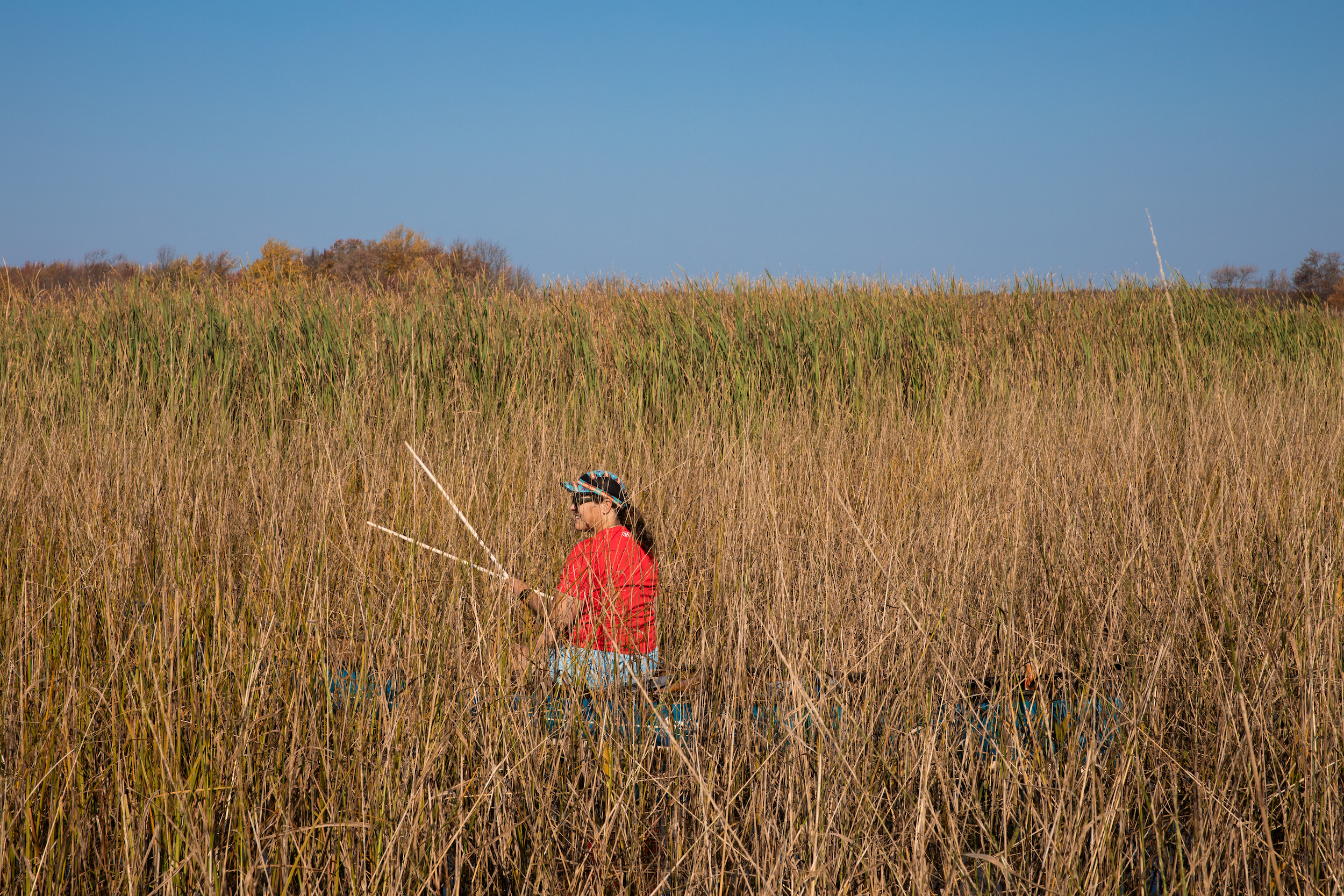
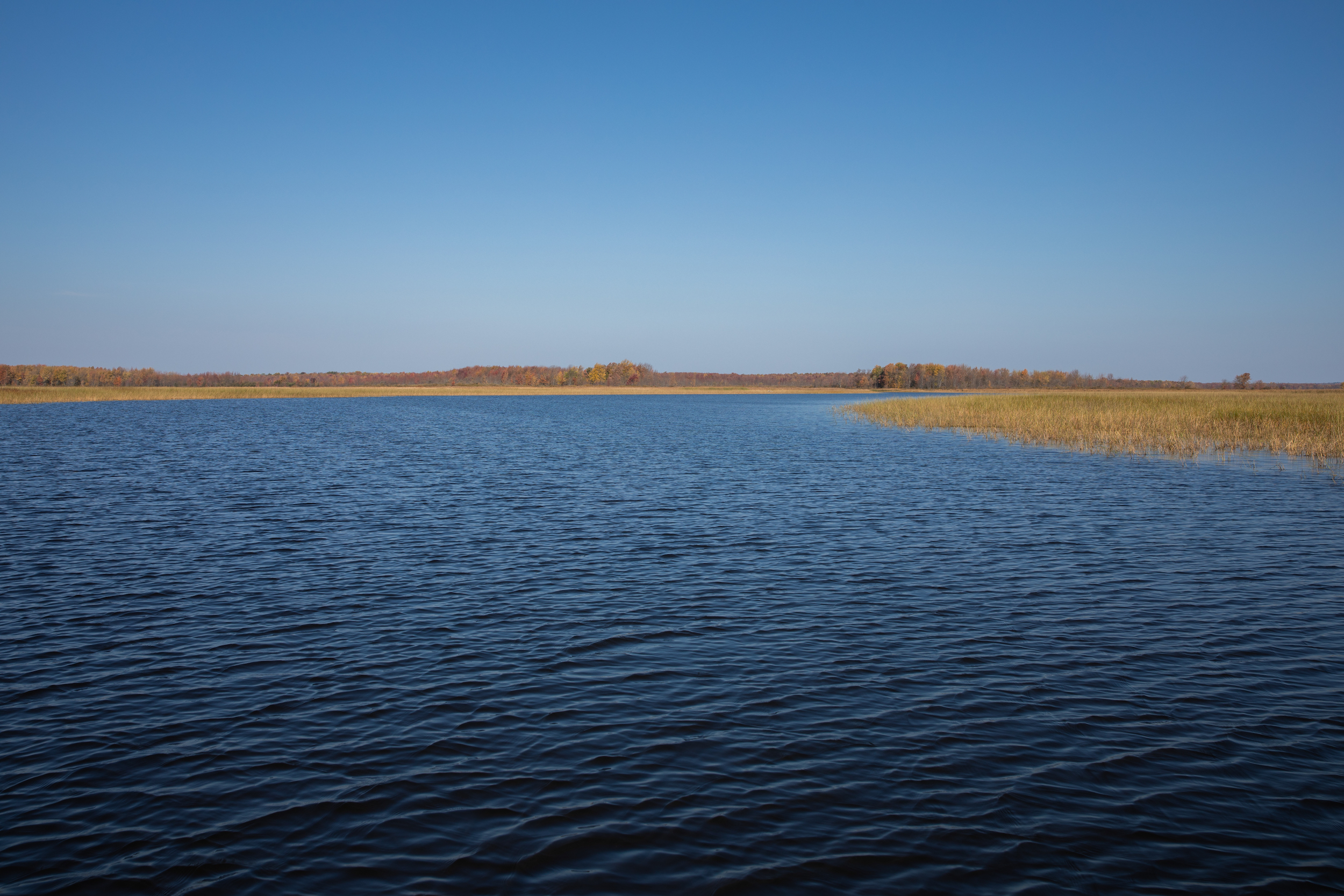
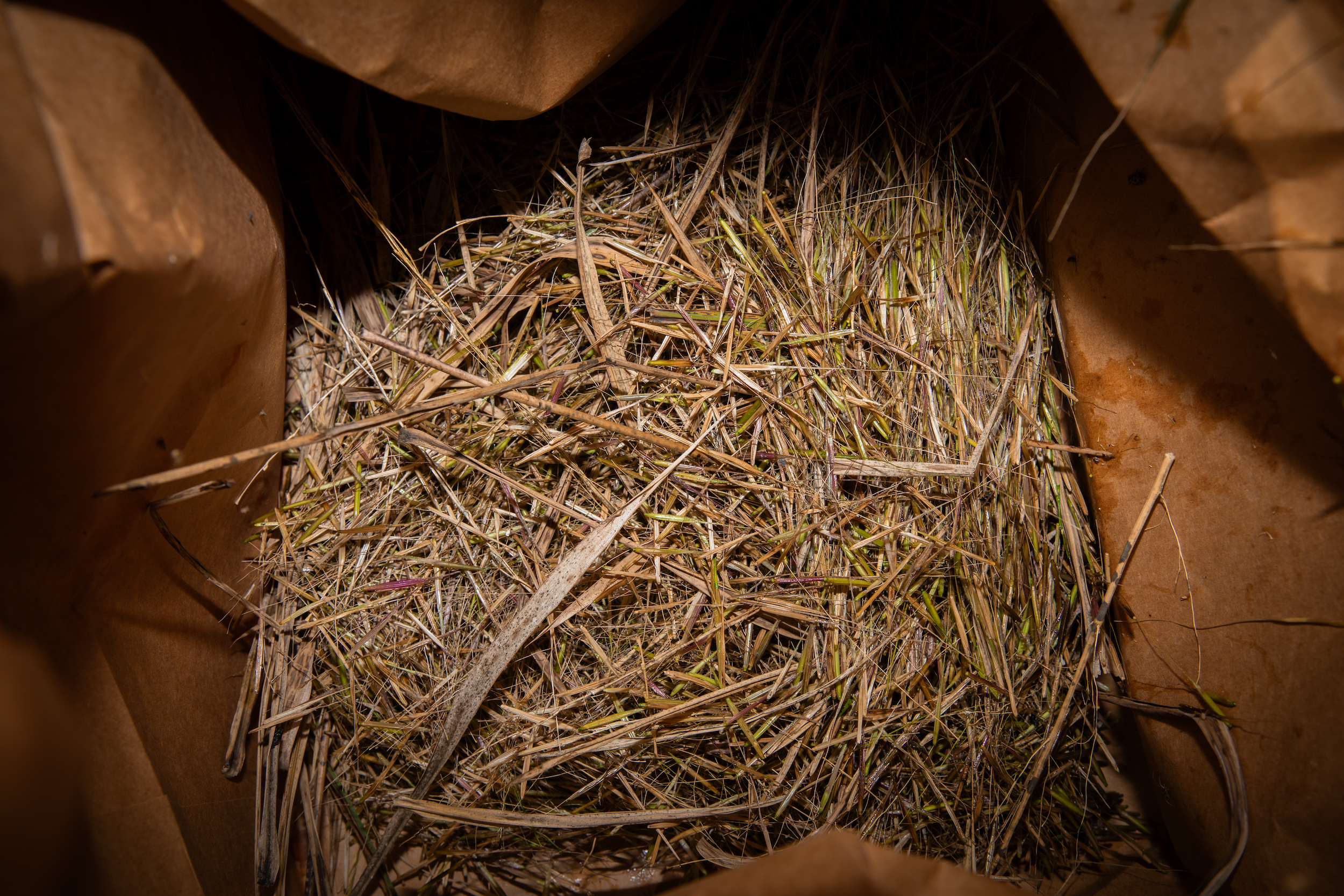
Enbridge Gas will face Waterloo Region in a hearing before the Ontario Energy Board to renew an agreement that would allow the company to continue...
Continue reading
For 15 years and counting, my commute from Mississauga to Toronto has been mired by...

For our last weekly newsletter of the year, we wanted to share some highlights from...

The fossil fuel giant says its agreement to build pipelines without paying for the right...